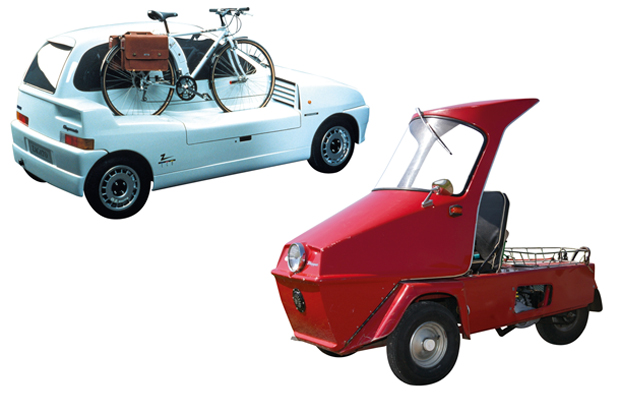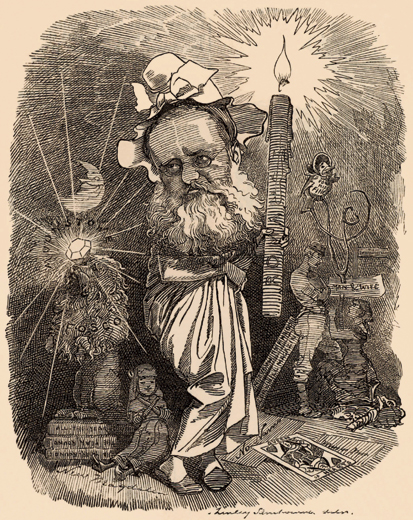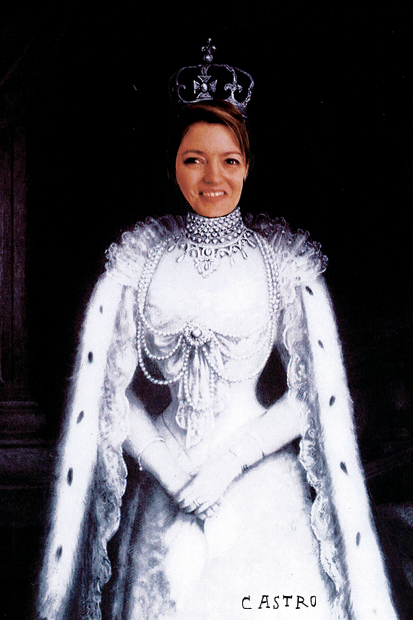My various Oxford dictionaries define bizarre as eccentric, whimsical, odd, grotesque, fantastic, mixed in style and half-barbaric. By so many tokens, and with the casuistry of both Calvinist and Jesuit, it has been possible for the author of this pretty little Christmas-stocking book to include as bizarre any vehicle he chooses, including motorcycles and the micro-cars that made motoring possible after the defeat of Germany in 1945.
Without these categories, a bus-cum-truck-cum-tractor,variations on the Hummer and the stretched limousine, and too many excursions into the bizarrerie of car names that in other languages have meanings genital and scatalogical, this book would be very thin. Yet even the vehicles that are indisputably cars are padded with examples that hardly count as odd, let alone half-barbaric.The Morris Marina and Austin Allegro were bad and boring rather than bizarre, the Talbot Tagor was too unremarkable to usurp the equivalent Peugeot (the beautifully bizarre Peugeot 601 of 1935 is nowhere mentioned), and the 3-litre version of Austin’s land-crab 1800 was a surprisingly serene, quiet and comfortable competitor for the early Ford Granada and Mrs Thatcher’s favoured Rover.
Jeremy Clarkson and his mates could have cobbled this book together while crashing caravans on Top Gear. It has their wretched command of syntax, their puerile humour and their imagery: to drive a Toyota Crown is as exciting as Christmas spent in a public lavatory in Hartlepool, the Polish Pobeda was as up-to-date as the Dead Sea Scrolls, the Russian ZIS sports two-seater did about 100 yards to the gallon and had damp digestive biscuits for brakes, and the ZIL limousine had enough torque to move the Urals.
Keith Ray’s immediate concentration on these ‘Bizarski’ cars suggests that his text may be ordered by nationality, but it is not; nor is it by chronology or alphabet; nor by such automotive obsessions as aerodynamics, front-wheel drive and rear-mounted engines; it has neither an index nor a contents page. It is an entirely random gossip and picture book in which the reader is directly addressed by a man who cannot distinguish Ford’s Capri from its Cortina, who appears to be ignorant of the history of the car and is only interested in its freaks and aberrations. But even on these he is unable to be serious. Edmund Rumpler’s Tropfenwagen of the early 1920s carried eight passengers, was an early exercise in streamlining, had an engine that in its basic layout anticipated the Bentley engine of today, and earned its keep as the Berlin taxi: it deserves better than Ray’s mockery.
We are expected to guffaw at the Adler Diplomat, a modest but well-made car that could be converted to run on wood burnt in a boiler braced at the rear —a wartime measure matched in England by fabric gas tanks carried on the roof that looked ridiculous when deflated. Ray scoffs at the very last real Bugatti (bodied by Ghiain 1965, the chassis constructed in 1961 to a design originating in 1934) and at Gabriel Voisin’s straight 12-cylinder engine, so long that it projected into the cabin of the coupé in which it was installed — Voisin’s personal long-distance transport. Yet this was a serious experiment in reducing the nose-heaviness of cars withV-8 engines. These were not bizarreries, but the final throes of two great engineers crushed by their pre- and post-war circumstances.
If anything in this book is truly bizarre in the half-barbaric sense, it is not a single car but the author’s gratuitous jeering at his victims, his refusal to recognise that there might be merit, foresight, even genius in their madness.
With his off-hand dismissal of the Chrysler Airflow Saloon of 1934 (a commercial failure but a significant car in the aero-dynamics debate of the time), I despaired; the designer should, he suggests, naked but for a leopard-skin jock-strap, have jumped from the Empire State Building.
Serious readers may well wish this ill-mannered author to do so himself.
Got something to add? Join the discussion and comment below.
Get 10 issues for just $10
Subscribe to The Spectator Australia today for the next 10 magazine issues, plus full online access, for just $10.
You might disagree with half of it, but you’ll enjoy reading all of it. Try your first month for free, then just $2 a week for the remainder of your first year.













Comments
Don't miss out
Join the conversation with other Spectator Australia readers. Subscribe to leave a comment.
SUBSCRIBEAlready a subscriber? Log in